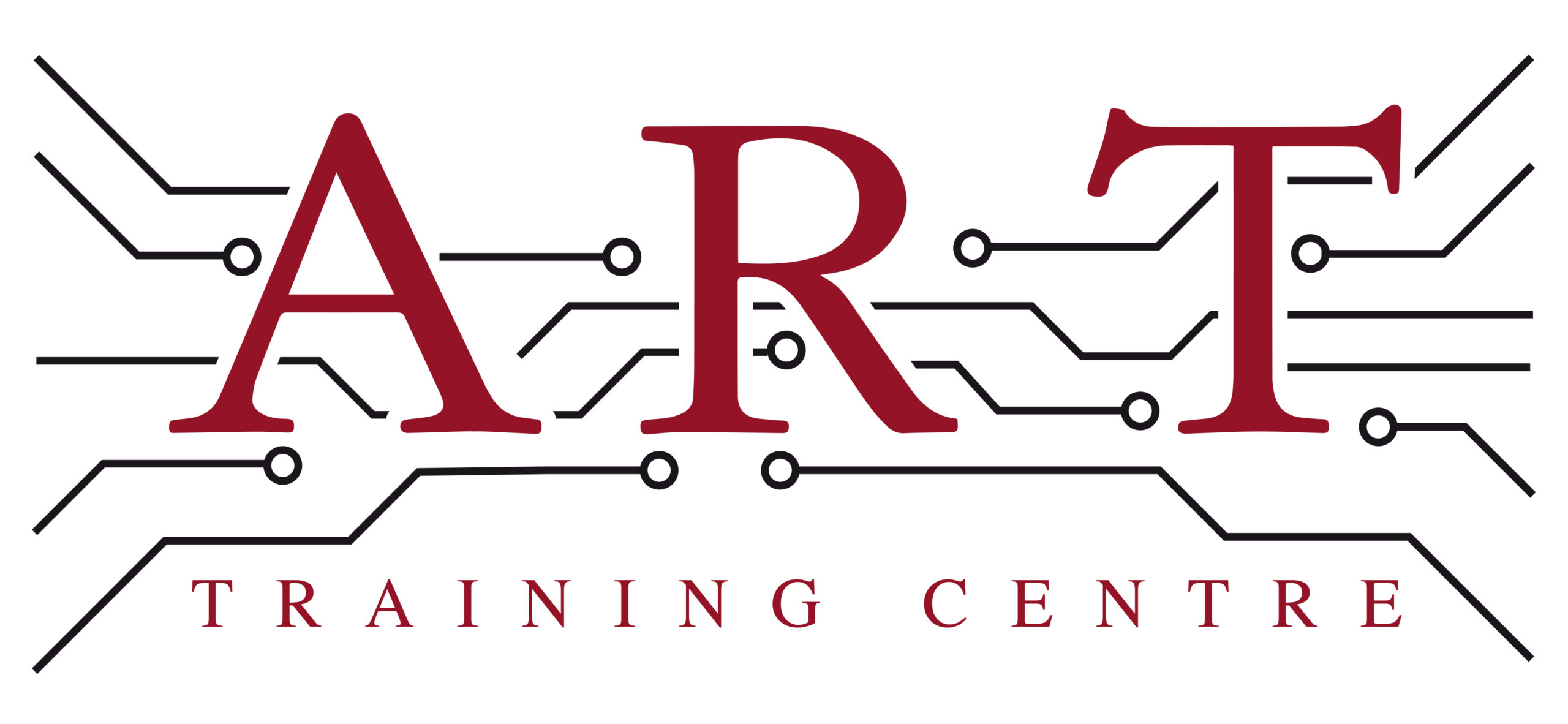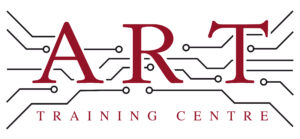Definition
Tombstoning is a defect that occurs during the soldering process in electronics manufacturing, where a component, typically a surface mount device (SMD), stands upright on one end instead of lying flat on the printed circuit board (PCB). This happens when the solder on one side of the component melts and flows away, causing the component to ‘tombstone’ or tip over. Understanding tombstoning is crucial for ensuring reliable electronic assemblies.
How It’s Used in the Industry
Tombstoning is a significant concern in electronics assembly, particularly during the soldering of SMDs on PCBs. When components are placed on the board and heated, solder paste is melted to create electrical connections. If the solder on one side of a component melts faster than the other, it can lead to the component tipping over. This issue is critical for both technicians in training and experienced professionals, as it affects the reliability and performance of the final product. To mitigate tombstoning, technicians must understand proper soldering techniques, component placement, and the importance of using the right solder paste viscosity and reflow profiles.
History & Origins
Tombstoning became a recognized issue in electronics manufacturing in the late 1980s, coinciding with the increased use of surface mount technology (SMT). As manufacturers began to adopt SMT for its efficiency and compactness, the occurrence of tombstoning highlighted the need for improved soldering processes and standards. The Institute for Printed Circuits (IPC) developed guidelines to address these issues, leading to better training and practices to reduce the prevalence of tombstoning in assembly lines.
Variations
While tombstoning specifically refers to the tilting of SMDs, it can manifest in various forms depending on the component type and PCB design. For example, different components may have varying weights and solder requirements, leading to different tombstoning behaviours. Additionally, related issues such as ‘solder balling’ and ‘voiding’ can occur during soldering, but these are distinct defects. Understanding these variations helps technicians identify and address specific soldering problems effectively.
Modern Applications
Today, tombstoning remains a critical concern in electronics production, especially with the prevalence of surface mount technology. In advanced assembly processes, such as those compliant with IPC standards, manufacturers implement rigorous inspection techniques to detect and prevent tombstoning. This ensures high-quality, reliable products that meet industry standards. Furthermore, training programs for technicians often include modules on recognising and rectifying tombstoning to enhance their skills in both production and repair contexts.
Practical Tips & Training
To effectively work with tombstoning, technicians should focus on proper soldering techniques and component placement. Regular inspection using magnifying tools or automated optical inspection (AOI) systems can help identify tombstoning early. Additionally, understanding the importance of reflow profiles and solder paste characteristics is essential. Structured training and certification in electronics can provide the foundational knowledge needed to prevent tombstoning and ensure high-quality assembly practices.


